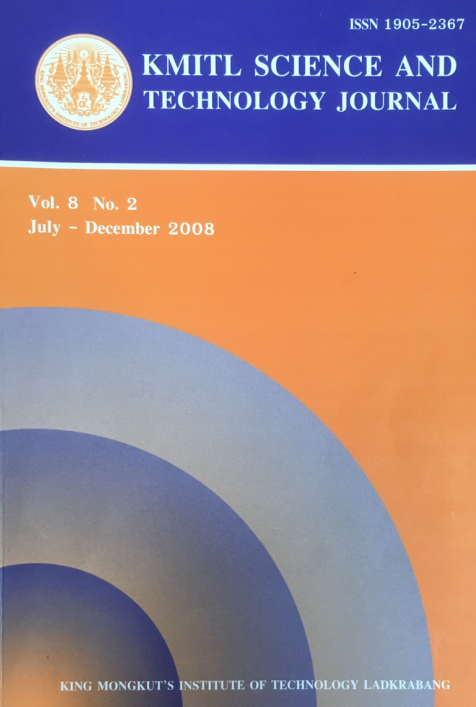The present investigation was conducted to find out the utilization of effective bacteria for solid kitchen waste degradation as organic manure or compost. Ten garbage samples were collected from different potential habitat of Kushtia and Jhenaidha regions of Bangladesh for isolating the effective garbage degrading bacteria. Three bacterial sample strains named as NAIUL, BCDump and BCSS (2) were isolated and cultured on Nutrient Agar and Czapek-Dox-Agar media. Characterizations of these strains were also studied by visual observation of colony, microscopic observation and biochemical tests identified the specific bacteria namely Xanthomonas spp., Bacillus sp., and Pseudomonas sp. from NAIUL, BCDump and BSS (2) strains, respectively. Changes of color, odor, weight loss, volume loss, temperature and pH of decomposing garbage were noted for selecting the most effective strain. The highest decomposition activity in term of weight loss and volume loss was shown by suspension of BCDump sample strain. To observe the effect of various additives on decomposition, various concentrations (5 %, 10 % and 15 %) of sucrose and molasses solution were used along with bacterial suspension. It was observed that 15% molasses treatment showed the best performance over the other treatments using BCDump sample strain. Decomposed garbage was used as compost or organic manure to observe their effects on biomass production (fresh weight basis) of potatoes (Solanum tuberosum). Garbage decomposed by all strains was used as organic manure. From the present investigation, it can be concluded that useful bacteria might be isolated from the surrounding environment for friendly bioconversion of solid organic waste.
KEYWORDS: bacteria, characterization, soil waste, organic compost
E-mail: f.ewha@yahoo.com
Zaved, H. K. ., Rahman*, M. M. ., Rahman, M. M. ., Rahman, A. ., Arafat, S. ., & Rahman, M. S. . (2018). Isolation and Characterization of Effective Bacteria for Solid Waste Degradation for Organic Manure. CURRENT APPLIED SCIENCE AND TECHNOLOGY, 44-55.

https://cast.kmitl.ac.th/articles/136635